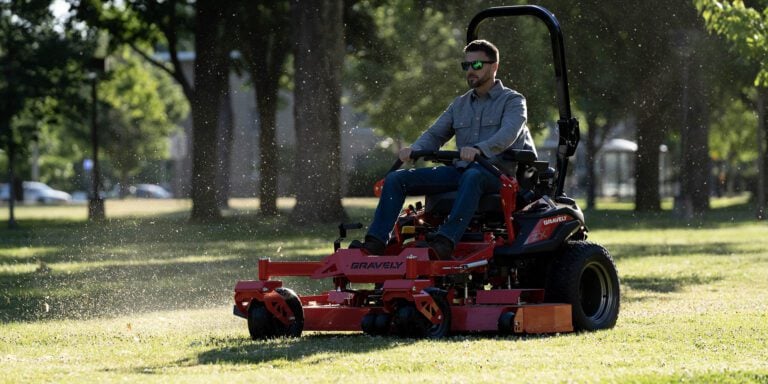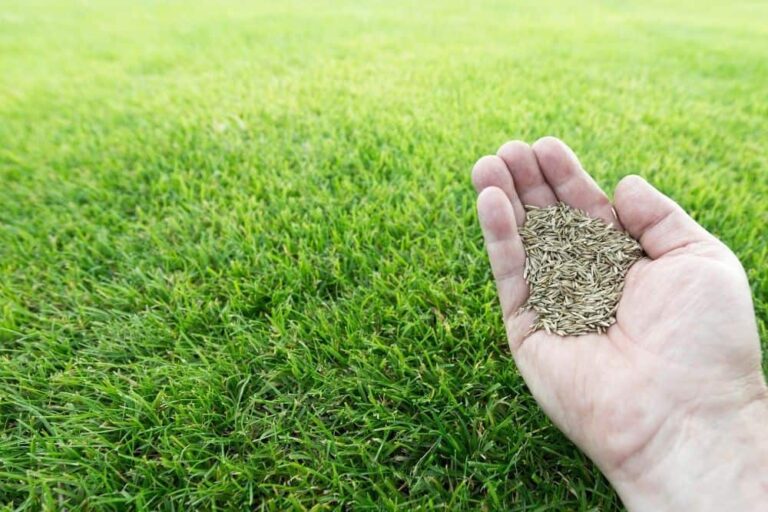Keep Bambi Happy with the Best Trees to Plant for Deer
Our pick for the Best Trees to Plant for Deer are the American Chestnut tree. Other trees that deer like include pears, oaks, and apple trees. If you’re going to plant trees to attract deer, try to choose species that are native to your area. Native trees aren’t just easier to care for, they also help maintain and preserve the ecosystem around your property. We love the American Chestnut, but if you want more options, we’ve got a comprehensive list of recommendations below.
The 5 Best Trees for Deer
[wptb id="8154" not found ]Planting Trees for Deer
While plenty of people want to keep deer off of their property, there are some who want to attract the animals to their land. If you’re a hunter or simply like deer, planting certain types of trees will draw the creatures to your property.
Typically, planting trees that produce edible vegetation will encourage the greatest population of deer to drop by. Trees that produce edible vegetation, such as seeds, are usually divided into two categories, hard mast and soft mast.
Soft mast trees produce fleshy fruits, such as apples and pears. In contrast, the seeds and fruits produced by hard mast trees have a thick, crunchy shell, such as acorns. There are some benefits to planting either type on your property if your goal is to attract deer.
Choosing the Right Trees
Which trees are the best to plant for deer? It depends in part on what you currently have growing on your property and where you live. One good rule of thumb to follow is to plant tree varieties and species that are native to your area.
There are several benefits to choosing native trees. For one thing, the species will be adapted to growing and thriving in your area. You won’t have to worry about babying the tree or fussing over the amount of water you give it. The tree will be in its element.
Native trees also help support the ecosystems they grow in. Some varieties of oak tree, for example, provide homes to numerous different species of caterpillar.
Non-native trees aren’t always difficult to grow, but ease of care shouldn’t be a reason to plant them. Some non-native species are invasive, meaning they will quickly take over an area and crowd out native plants or threaten the insects and animals that live in that area.
Planting a variety of trees, rather than a single type of tree, is often the best way to attract deer. If you have already have a number of hard mast trees, such as oak trees, growing on your land, planting soft mast varieties, such as an apple tree or pear tree, is often the way to go.
What to Look for in a Tree
Trees that attract deer are often sold in either bareroot or containerized form. Bareroot trees are exactly what they sound like. They are sold without any soil around their roots and without a container. Containerized trees are usually sold in a quart or gallon-sized container, if not something larger.
It really doesn’t matter whether you plant a bareroot or containerized tree, as long as you get the tree into the soil while it is dormant and as long as you don’t let the tree linger too long before you plant it.
If you are going to plant a bareroot tree, choose one with healthy looking roots. Skip trees that have dried out or shortened roots. Containerized trees shouldn’t be pot bound, meaning their roots shouldn’t be overflowing out of the bottom or sides of the pot.
Caring for the Trees
Your trees will need three things to thrive: space, sun and protection. Although you do want deer to come up to the trees and nibble on the fruit, you don’t want deer to knock over or otherwise disturb the small seedlings.
How you protect the trees depends on how densely populated your area is. In some cases, a tube placed around the trunk of the tree can be sufficient enough to keep deer from knocking against it or to keep smaller animals, such as rabbits, away. In more densely populated areas, you might need to put a small fence around the tree to keep animals from disturbing it.
When it comes to space, a general rule of thumb to follow is the more the merrier. Soft mast trees need about 20 feet of space between them, while hard mast trees often need at least 30 feet. That doesn’t mean you can have smaller plants or shrubs planted in the middle of the trees. It just means that you want to avoid planting the trees themselves too close together.
Allowing plenty of room between the trees helps to ensure that they get the full amount of sunlight they need. Most trees need full sun, at least six hours daily, and sun in the morning is ideal.
The conditions of the soil and the area in general will determine which trees are the best to plant. For example, pear trees tend to be more easy going than apples. They are more drought tolerant than most types of trees but can also handle wetter conditions.
Patience is important when planting trees for deer. Most varieties are trees won’t seem to do much during their first two years of life. In many cases, you shouldn’t expect to see any fruit until the third season. It’s also likely that you won’t see much growth in the trees until the third year.
Planting Chestnut Trees for Deer
If you’re going to plant trees for deer, you might as well plant the American chestnut tree. There are a few reasons to do so, if you’re in the US.
For one thing, the tree is a native species. At one point in time, it was found throughout the continent. But, at the beginning of the 20th century, a non-native species brought over to the US brought with it a type of blight that destroyed the native chestnut stock. The species was nearly extinct by the 1950s.
Deer love chestnuts. Conservation efforts to protect or preserve chestnut trees were often disrupted by deer who couldn’t get enough of the tree’s nuts.
The varieties American chestnut grown and sold today are bred to be able to withstand the blight that nearly wiped out their ancestors. They are also bred to resist a variety of other diseases. Most will begin to produce fruit in summer for a harvest in the autumn. If you plant an American Chestnut tree, you can expect it to begin bearing fruit in the second or third year.
The care of the chestnut tree is relatively straightforward. You’ll want to space the trees about 40 feet apart, to give them plenty of room and exposure to sunlight. You’ll need at least two trees if you want to get fruit, as they don’t self-pollinate.
An American chestnut tree can be the ideal tree for tree if you live in zones 4 through 8. The plant won’t survive the winter in colder areas and it can get too hot for it in zones above 8.
Photo by United States Forest Service released into the public domain.




